Our earliest records show that pipers accompanied their clans and their chiefs in battle and in other exploits – not always peaceful. The piper was seen as integral to every endeavour, spurring the men on and lamenting any loss. On the formation of the first Scottish regiments of the British Army, officers realised they could harness this phenomenon for their own ends and the recruiting of pipers began in earnest.
Other duties eventually revolved round the soldiers’ daily routine with the piper being called on to signal reveille, parade or mess time. On the advent of General Wade’s roads soldiers could be drilled and ordered to march in step too, something impossible on the rough terrain and tracks they had hitherto been used to. To help everyone along, drummers were added to the musical contingent and here we see the birth of the pipe band as we know it today. Anyone looking for dates should consider 1850 as roughly the time the formal pipe band was born, and, in the Crimean War, Highland regiments were given a pipe major and five pipers as part of their official strength.
The actual shape and formation of the band as we know it came about following years of heated debate: pipes first or drums leading the march. The politicians could not come to a satisfactory solution nor could the Amy’s top brass. Eventually it went all the way up to Queen Victoria (who loved piping, pipers and the Highlands) and she issued the memorable instruction ‘the pipes must lead’.
The 1880s saw the emergence of the first civilian pipe bands and Scots must learn to stomach the fact that research by the RSPBA’s Historical Research Committee has concluded that the town of Accrington in Lancashire was the home of the first ever civilian pipe band. Wallacestone & District and Colinton & Currie may be the first Scottish civilian pipe band and on the quasi-military front we could consider the Govan Police band as being in at the beginning of it all. (The above is disputed by piping historian Keith Sanger – see below.)
By the early 20th century Army records show there were approximately 60 bands attached to various units including volunteer/territorial battalions. Add to this Boys Brigade bands (the BB had been founded in 1883 in Glasgow by Sir William Smith) and the now burgeoning cadre of civilian bands throughout the country – especially in mining areas – and we can see the forerunner of our great 21st century pipe band movement.
What was, to all intents and purposes, the first World Pipe Band Championship, was held at Cowal in 1906. It came about following a suggestion from a committee member that such a contest be held. Fittingly, Queen Victoria’s daughter, Princess Louise, Duchess of Argyll, was instrumental in the production of what was named the ‘Argyll Shield’ to be presented to the champion band. This shield is still presented today at Cowal, though the contest there is no longer considered an RSPBA pipe band championship.
In these early days Cowal stipulated that each band must have a minimum of eight pipers and not more than a dozen – a far cry from today’s huge ensembles. The first winners, and therefore the first World Champion band, were the 1st Volunteer Battalion of the HLI, Pipe Major John McDougall Gillies (pictured top). From these early beginnings the number of band contests in different Scottish town and villages grew, some with different sections for ladies and for juniors.
Such was the inconsistency (chaos might be a better word) of organisation, tune stipulation and qualification, that, in 1930, P/M Willie Sloan of the Clan MacLean Pipe Band suggested that an umbrella organisation be formed to sort out the mess and bring some order to what was an ever-increasingly popular pursuit. Thus was born the Scottish Pipe Band Association. With its HQ in Glasgow, the mother of all pipe band associations was subsequently replicated in many parts of the world. After WW2 the SPBA proposed a new World Championship to be held in Edinburgh at the same time as the city’s festival. Cowal refused to give up the ‘World’ title and in 1947 two events were held, Bowhill Colliery winning the RSPBA’s official contest (listen to the band here) and Glasgow Police – not in favour with SPBA bigwigs for a while after – the Cowal version. The row eventually subsided with the Cowal pipe band competition being granted ‘Championship’ status by the Association, a situation that existed until 2013.
The Worlds left Scotland for the first time in 1956 when it was held in Belfast. This was repeated in 1962. In 1975 and ’79 it was held in Corby and then in Nottingham. 1987 was a notable year; the title went to an overseas band for the first time, the 78th Highlanders from Toronto under P/M William Livingstone. Today the home of the Worlds is Glasgow and it looks like staying there for many years.
Since its inception the RSPBA’s Worlds has grown well beyond the size anticipated by P/M Sloan all those years ago. There are eight grades of competition involving thousands of pipe bandsmen and women. Two hundred plus bands take part, and, thanks to relatively cheap air travel, pipers and drummers from around the globe are able to attend, making it a truly international spectacular beamed live via the internet into the homes of thousands of eager pipe band enthusiasts unable to make the journey.


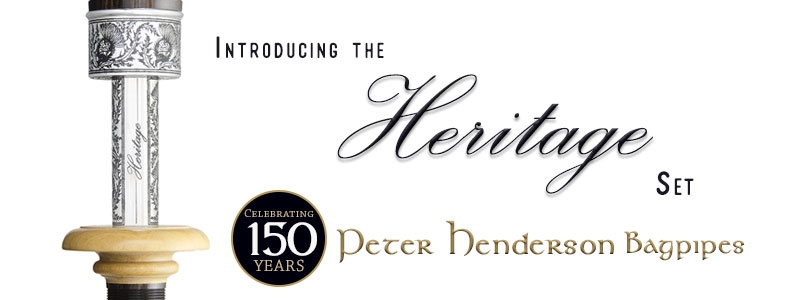

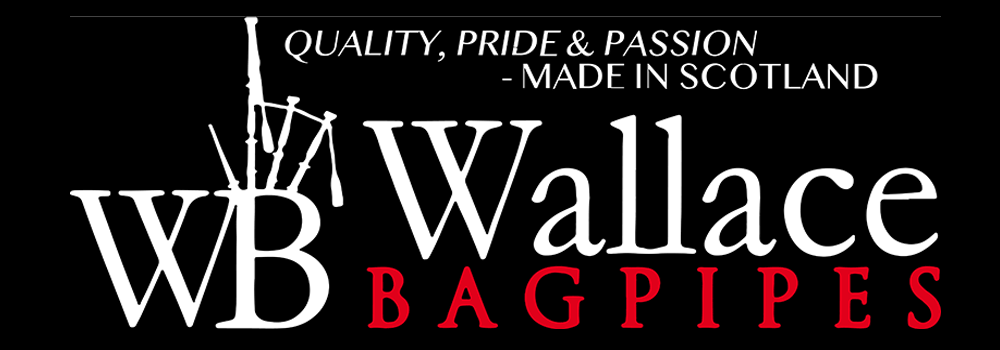
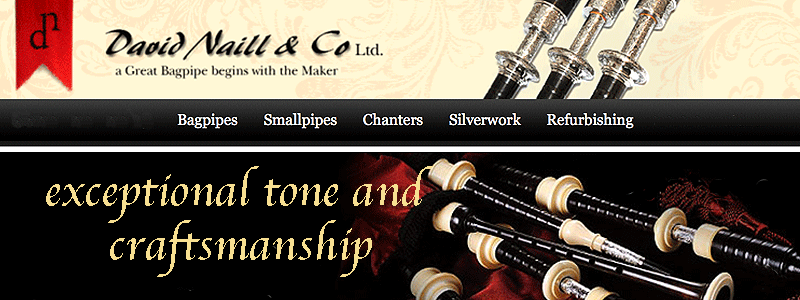



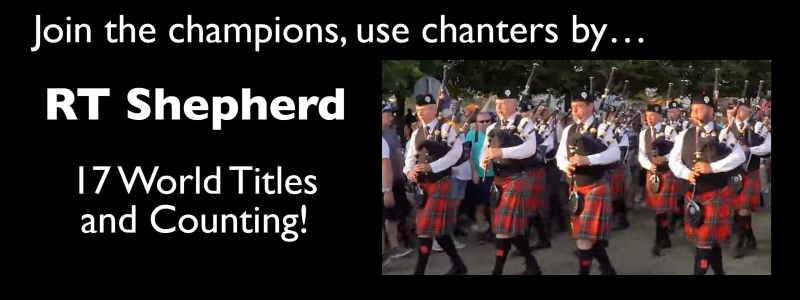
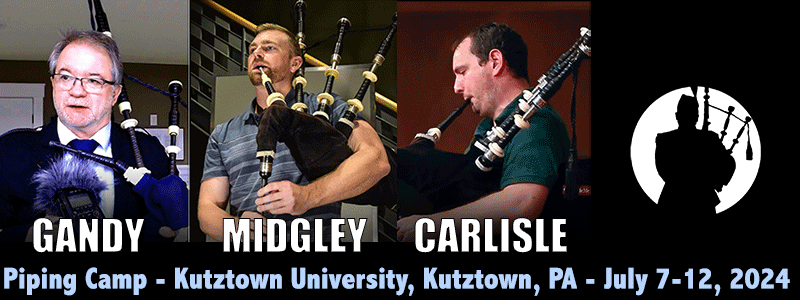




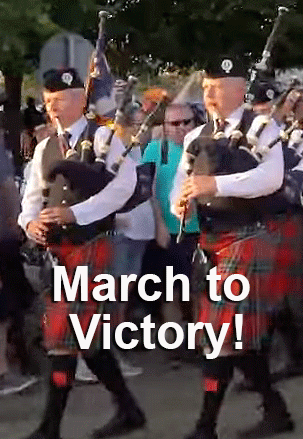







Please be aware, Accrington pipe band has never claimed to have been the first ever civilian pipe band, they claim to be the oldest civilian pipe band STILL in existence if you read the r s p b a article properly that’s what it claims.
Thanks
Thanks for taking the time to create this article. I suggest you link with the Royal Conservatiore / get a student or other passionate in individual to definitively pin all of this down. Just a thought.
Tut Tut, while not wishing to disparage the work of the RSPBA’s historical research committee, for the sake of the reputation of Scotland the claim that the first civilian pipe band was the one formed in Accrington in England in 1885 can not be allowed to stand unchallenged.
I have a note of a reference from papers among the National Archives of Scotland that uniforms were bought for the Hawick Pipe Band on the 4 February 1882,(GD374/29). But it in fact gets better (or worse depending on loyalties I suppose). Just a few minutes work with the British Library digitized newspapers established that the Odd-Fellows of Brechin had a pipe band by 1878, (Dundee Courier, 23 May 1878), and the Forfar Pipe Band was first mentioned in 1879, (Dundee Courier, 17 February 1879).
Even the Kirriemuir Pipe Band under a Mr Peter Massie was around by 1879, (Dundee Courier 20 February 1879). According to another report on the 18 April 1883 the local sports day had two piping competitions for marches, one open but the other closed to only residents on the Airlie Estates and members of the Kirriemuir Pipe Band.
Since the BL newspaper archive has only selected Scottish newpapers and incomplete runs, so far from fully representative I suspect a more detailed search would produce more.
Keith
Well, well; we’ll all have to bow to your superior Keith. Many thanks and I’ll update the article to take account of your detailed research. RW
As far as I can tell, my relative was the Peter Massie of the Kirriemuir Pipe Band – the father or brother of my 2xgreat grandad, depending if it was Peter or Peter Jr. Do you have access to any archive photos which show him at this time? I have some photos that I think are him, but I cannot be sure. I am very interested to hear back from you if this is of interest
Yes please forward on the photographs Mrs Massie one of our readers may be able to help. RW